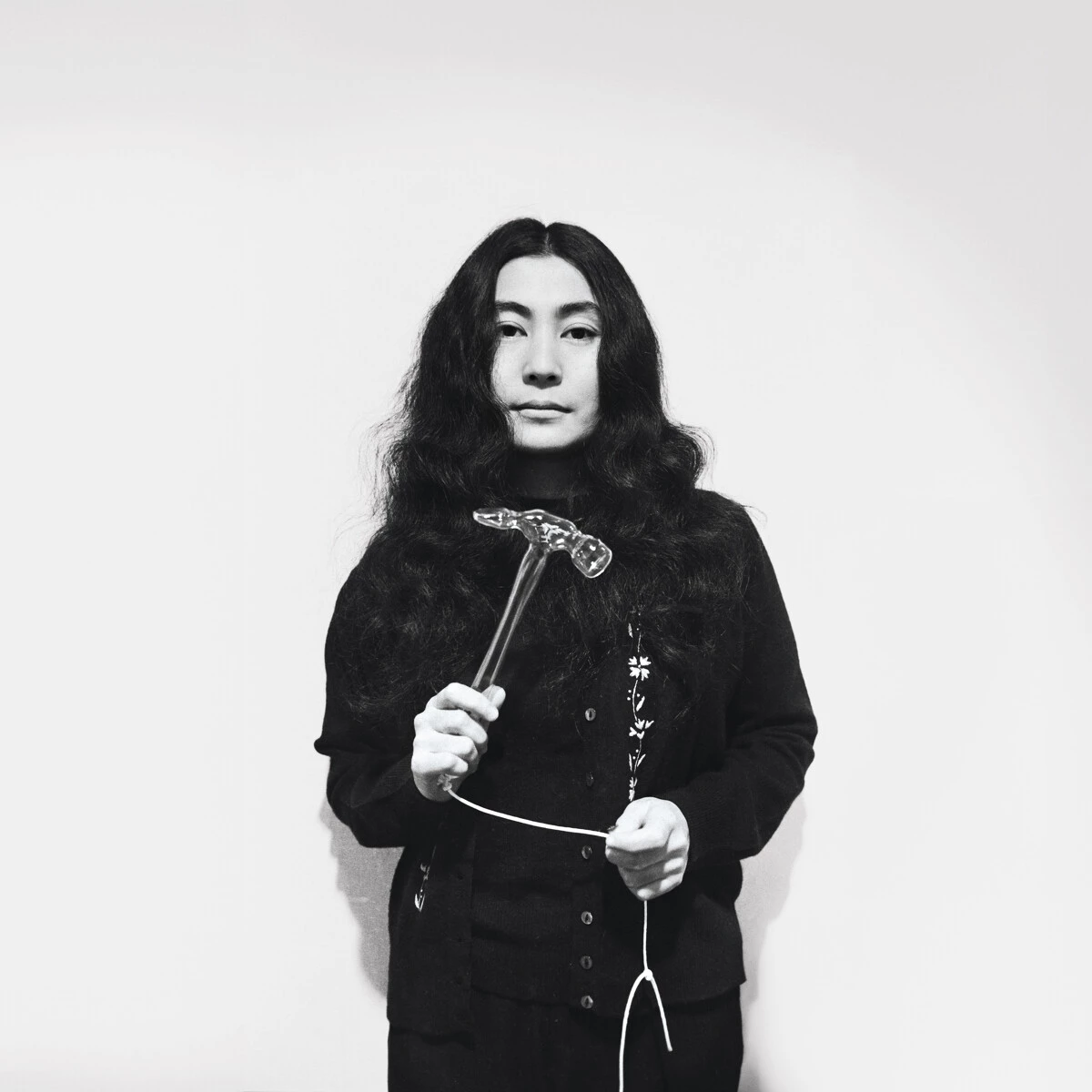Yoko Ono: Music of the Mind
October 2025
Museum of Contemporary Art Chicago
TBM Project Management (Outlining, Budgeting, Technical Drawings); Installation of 26 TBM Artworks (Digital Projectors, 16mm Film Projector, CRT TV, Custom LCD Displays, Multi-channel Sound Systems, Live-camera feed) | Media Player Programming (Mac Mini, QLab, VLC, BrightSign, Micca) | Hiring and leading team of (2) freelance technicians; Exhibition Video Production
Curator: Jamillah James with Korina Hernandez, in close collaboration with Studio One.
Yoko Ono: Music of the Mind presents one of the most comprehensive exhibitions to date of Yoko Ono, the trailblazing artist, celebrated musician, and formidable campaigner for world peace. This remarkable retrospective—on view at the MCA as the only US venue*—celebrates key moments of Ono’s career, showcasing art driven by ideas and expressed in poetic, humorous, and profound ways.
Tracing Ono’s career since the 1950s, Music of the Mind presents over 200 works across a variety of media including performance footage, music and sound recordings, scores, film, photography, installation, and archival materials. Participatory artworks—a key aspect of Ono’s practice—also feature in the exhibition, and visitors are invited to partake in several interactive, instruction-based artworks throughout Music of the Mind.
After moving to New York in the 1950s, Yoko Ono quickly established herself as a key figure in the radical scene of the sixties, where she became a pioneer of conceptual art, and was associated with Fluxus, the international, avant-garde collective of artists and composers. The exhibition highlights key works from this period and onwards, such as Ono’s landmark performance Cut Piece (1964); her films including Fly (1970–71); the banned Film No.4 (Bottoms) (1966–67), which Ono created as a “petition for peace”; and her collaborations with notable musicians John Cage, Ornette Coleman, and her late husband John Lennon, among others. Recent works include Ono’s ongoing project Wish Tree (1996–present), as well as public artworks that epitomize Ono’s commitment to peace activism, including Imagine Peace (2003) and Peace is Power (2017).
Music of the Mind examines Ono’s major contributions to performance, conceptualism, film, and music, while also inviting audiences to take part in both simple acts of the imagination and active encounters with Ono’s creations, such as the installation My Mommy is Beautiful (2004), an invitation to the public to share thoughts about their relationships to their mothers and motherhood, and Wish Trees, which welcomes visitors to contribute their own personal wishes for peace. Featuring works made over seven decades and across three continents, Music of the Mind reveals a groundbreaking approach to language, art, and participation that continues to speak to the present moment.
